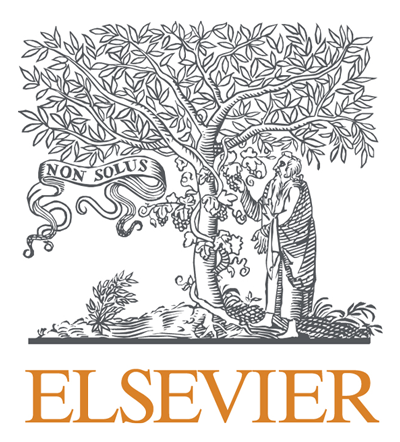Towards a more comprehensive assessment of flood risk: Mapping flood susceptibility and social vulnerability
Topics:
Keywords: Flood Risk, Flood Susceptibility, Social Vulnerability, Random Forest, Harris County
Abstract Type: Paper Abstract
Authors:
Hemal Dey, The University of Alabama
Wanyun Shao, The University of Alabama
,
,
,
,
,
,
,
,
Abstract
The frequency of floods has greatly increased in the coastal cities along the Gulf of Mexico due to climate change. Harris County in Texas has experienced a few devastating floods in recent history. It is thus imperative to assess flood risk in Harris County through a comprehensive approach by considering both flood susceptibility and social vulnerability. This paper aims to generate flood susceptibility map (FSM) by applying Random Forest (RF) algorithm on remotely sensed data. It further integrates this FSM with social vulnerability map to generate flood risk map of Harris County, Texas. A total of 500 flood inventory points are extracted from different sources and randomly divided into training (70%) and testing (30%) samples. Moreover, total 12 flood conditioning factors including elevation, slope, aspect, curvature, precipitation, topographic wetness index, stream power index, drainage density, NDVI, land cover, distance from rivers and soil texture, are used as predictors in the RF model. Findings of this study reveals that 5.59% of the total area in Harris County have a very high risk for flooding, while most of these high-risk areas are close to Buffalo Bayou River. Furthermore, this study finds, 9.06% area have very high flood susceptibility, and 1.45% area have very high social vulnerability where 3.52% of total population inhabit. The RF model shows the ROC-AUC value 0.91 for the flood susceptibility analysis, indicating a high validation accuracy. The findings of this study could be useful to policymakers to identify the spatial distribution of flood risk zones of Harris County.
Towards a more comprehensive assessment of flood risk: Mapping flood susceptibility and social vulnerability
Category
Paper Abstract








